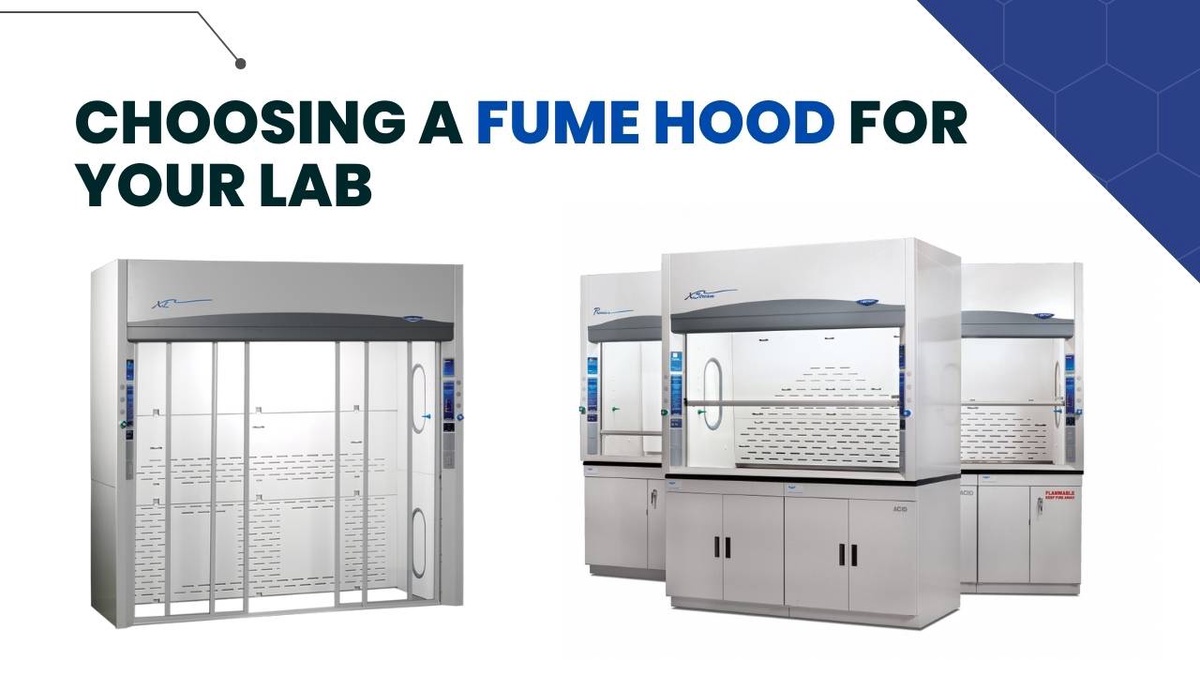A fume hood is a type of laboratory equipment designed to protect laboratory workers from inhaling hazardous chemicals, vapors, and gases by containing and removing them from the laboratory environment. Fume hoods come in different types, each with unique features that make them suitable for specific applications. In this article, we will discuss the different types of fume hoods.
1.Ducted Fume Hoods
Ducted fume hoods are the most common type of fume hood used in laboratories. They are connected to an exhaust system through a duct, which carries the contaminated air outside the laboratory. Ducted fume hoods have a sash that can be lowered to limit the amount of air that enters the hood. They also have a baffle system that helps to direct the airflow towards the exhaust duct. Ducted fume hoods are suitable for applications that generate large amounts of chemical vapors and require continuous use.
2.Ductless Fume Hoods
Ductless fume hoods are a type of fume hood that uses filters to remove contaminants from the air inside the hood. They are suitable for applications that do not generate large amounts of chemical vapors and can be used in areas where it is not possible to connect to an exhaust system. Ductless fume hoods have a sash that can be lowered to limit the amount of air that enters the hood. They are cost-effective and easy to install.
3.Walk-In Fume Hoods
Walk-in fume hoods are large fume hoods that can accommodate large equipment and multiple users. They are designed for applications that require a large workspace and can generate large amounts of chemical vapors. Walk-in fume hoods have a large working area and can be customized to suit specific applications. They are ideal for industrial and research laboratories.
4.Auxiliary Fume Hoods
Auxiliary fume hoods are portable fume hoods that can be moved to different locations within the laboratory. They are designed to be used with specific equipment or applications that require a localized fume hood. Auxiliary fume hoods are suitable for applications that generate small amounts of chemical vapors and require occasional use.
5.Perchloric Acid Fume Hoods
Perchloric acid fume hoods are specialized fume hoods designed to handle perchloric acid and its derivatives. Perchloric acid is highly reactive and can form explosive compounds when it comes into contact with organic materials. Perchloric acid fume hoods have a special wash-down system that neutralizes any perchloric acid vapors that may be present in the hood. They are essential in laboratories that handle perchloric acid and its derivatives.
6.Radioisotope Fume Hoods
Radioisotope fume hoods are specialized fume hoods designed to handle radioactive materials. They are designed to prevent the spread of radioactive particles outside the hood and protect laboratory workers from exposure to radiation. Radioisotope fume hoods have a lead lining that prevents radiation from escaping the hood. They are essential in laboratories that handle radioactive materials.
7.Variable Air Volume Fume Hoods
Variable air volume fume hoods are fume hoods that use sensors to detect the amount of chemical vapors present in the hood. They adjust the airflow to maintain a constant face velocity and prevent the escape of chemical vapors. Variable air volume fume hoods are energy-efficient and can reduce the amount of energy used in the laboratory.
In conclusion, fume hoods are essential laboratory equipment that protects laboratory workers from inhaling hazardous chemicals, vapors, and gases. The type of fume hood used depends on the specific application and the chemicals being used. Ducted fume hoods are the most common type


No comments yet